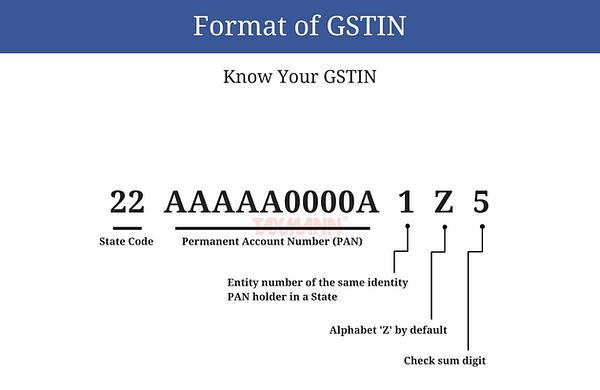After a long gap, I’m back with a new post. Meanwhile, GST celebrated its birthday on 1st July. We also celebrated Chartered Accountants Day on the very same day. I still keep wondering is it a coincidence that two events occur on the same day?? Let’s keep it a suspense.
From this post onwards, we will try and discuss the types and the due dates of various returns. Now that a year has passed and the due dates and forms are fairly settled; it’s a ripe time to get to know about it. In last year many of the entrepreneurs could not abide by the timelines because of various reasons, but the most common reason was “I never knew I had to file this!!!” So let’s get to know what exactly are the timelines that one has to follow.
GSTR 1
|
If your Turnover is up to Rs. 1.50 Crores
|
|
|
Period (Quarterly)
|
Due date
|
|
July- September
|
30th October 2018
|
|
If your Turnover is more than Rs 1.50 Crores
|
|
|
Period (Monthly)
|
Due Date
|
|
June 2018
|
10th July 2018
|
|
July 2018
|
10th August 2018
|
|
August 2018
|
10th September 2018
|
|
September 2018
|
10th October 2018
|
These due dates are to be strictly observed. Otherwise, late fees are imposed; and you won’t be able to file your next return unless you pay the late fees. The late fees are imposed per day of the delay. Let us see what the late fees for late filing of GST Returns are: -
|
Type of Return
|
Late Fee
|
|
Normal Return
|
Rs. 50 per day of delay
|
|
Nil Return
|
Rs. 20 per day of delay
|
These late fees are same for GSTR 1, GSTR 3B, GSTR 4, GSTR 5, GSTR 5A, GSTR 6
This is all about the timelines of GSTR 1. But what exactly is GSTR 1?? We’ll see in my next post.





